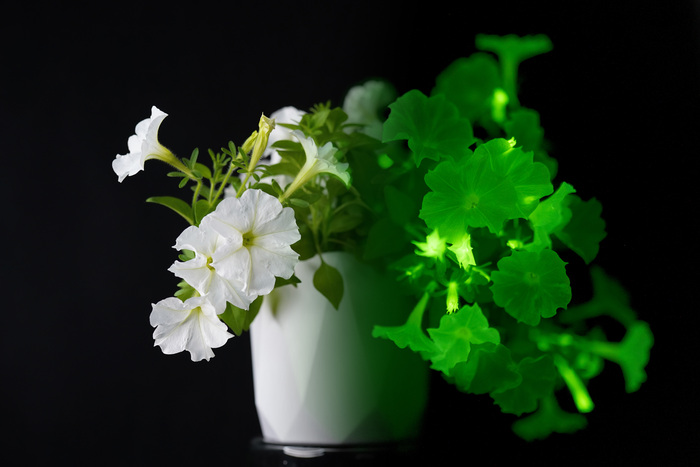In the not too distant future, lamps in houses and gardens could be replaced by luminescent plants thanks to synthetic biology: a key gene similar to those already found in mushrooms has been discovered, which links the use of energy with light production, thus translating the plant's internal metabolism into a constantly changing light show.
The result is due to the study published in the journal Science Advances and led by the Russian company Planta, which has already led to the production of a petunia that emits a glow similar to that of the moon.
The plant will soon be put on sale by the American company Light Bio, which participated in the research, and demand in the United States is already very high.
Until now, to produce luminescent plants, five genes from fungi had to be incorporated into the plant.
The new gene identified by researchers coordinated by Karen Sarkisyan, however, is capable of replacing two of these five genes.
It is also a smaller and simpler gene, characteristics that make it much more versatile for use in synthetic biology.
The petunia produced by Light Bio thanks to this discovery, as reported by the company, is up to 100 times brighter than previously possible.
In addition to the aesthetic side, bright vegetation can also offer new insights into plant physiology.
It could allow, for example, the continuous monitoring of plant responses to various stresses, such as drought and pest attacks, leading to the development of more resistant crops.
“We love growing our bioluminescent petunias – says Sarkisyan – but, beyond the aesthetic aspect, understanding how we can adapt this characteristic to monitor the progression of diseases and select the best drugs will make this technology even more effective”.
Reproduction reserved © Copyright ANSA

